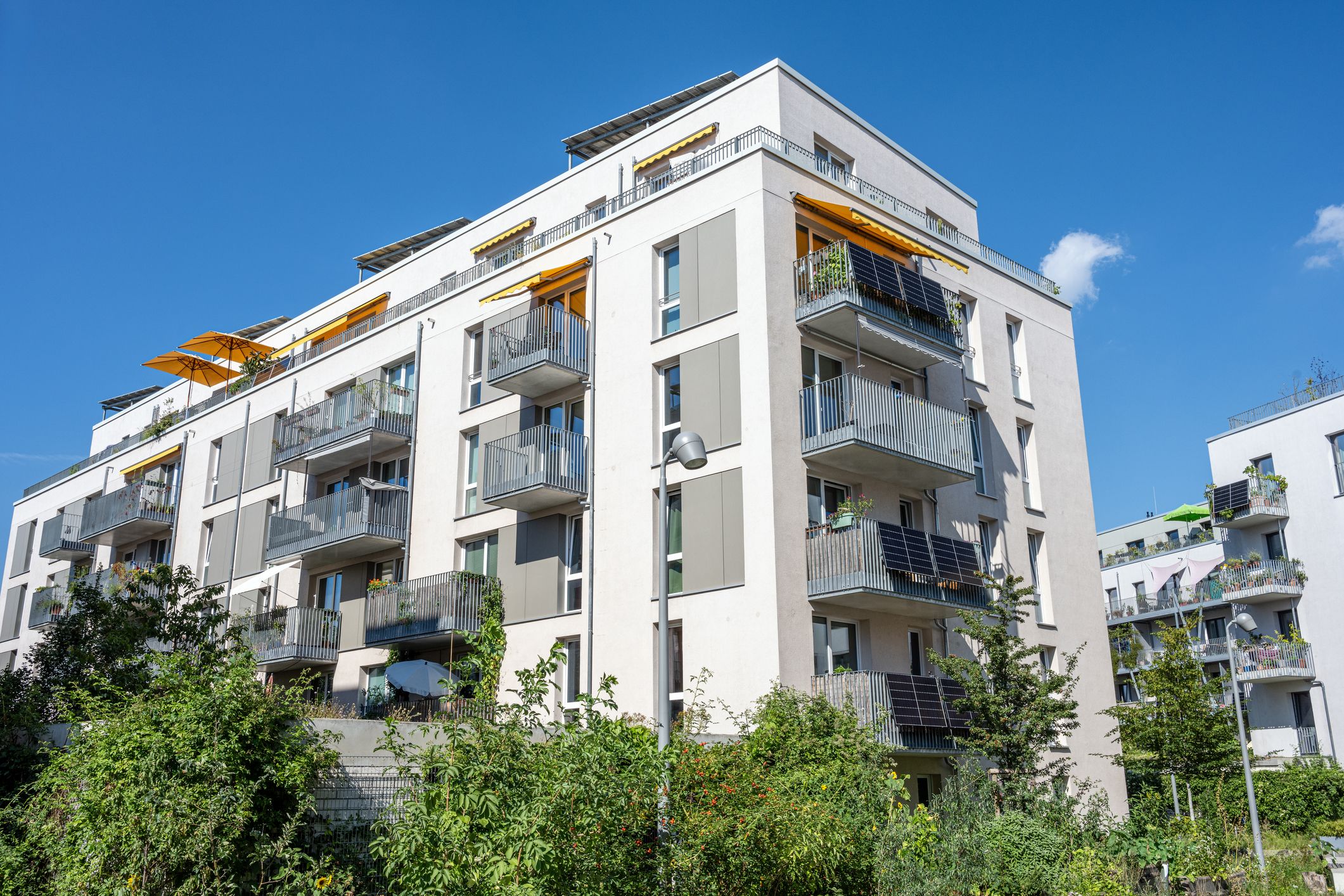
Get clued up on how to buy to let and finance your exciting venture!
Investing in property can be a smart move, but it requires careful planning and research. Here’s a guide to help you navigate the process of financing your first property investment.
Required documents
The following supporting documents and information are required when you apply for a home loan:
Offer to purchase, containing the:
• Seller’s details and contact information;
• Purchaser’s details;
• Correct property description;
• Purchase price;
• Signatures of the seller, the purchaser and a relevant witness.
• Copy of each participant’s green bar-coded ID/smartcard; (both sides)/passport/permit/refugee ID/maroon ID.
• Copy of marriage certificate/divorce decree (if the surname in the identity document differs from the surname on the application form).
• Proof of income;
• Latest payslip (only one payslip is required for salaried individuals), not older than one month; and
• Three months’ bank statements of your personal transactional account evidencing the latest three salary deposits (if an Absa account, these statements can be sourced internally).


Future rental income*
Applicants who own one or more residential properties may be eligible to include future rental income in their credit affordability assessment. For those looking to buy a second or additional property for rental purposes (where no lease contract/agreement exists), a percentage of the estimated, market-related future rental income can be included in their credit affordability assessment. We’ll determine your affordability based on the income declared on the home loan application received, which must indicate existing and/or future rental income.
Existing rental income
We use the existing rental income currently collected by the seller in the affordability assessment of the purchaser’s application. The projected future income brought in by tenants therefore helps to improve the applicant’s credit affordability assessment. This assumes that the tenants will continue renting the property, according to the original lease agreement.
*Terms and conditions apply.


1 Research and plan
Determine your budget, decide on your property location and determine the potential rental income.
2 Get pre-approved
Use our Home Loan Pre-qualification tool to find out how much you can afford when buying a property. We will even give you a certificate to make sure sellers and agents will consider your offer. Get pre-qualified now, it’s easy, fast and free!
3 Find the right property
Consider the area where the property is located and whether it is experiencing new growth. Also think about nearby amenities, safety levels and public transport. You should be thinking about your property as it is now as well as what it will look like in the future.
4 Leveraging loan-to-value (LTV)
Once you’ve selected a property, you can finalise your home loan based on the agreed LTV ratio.
LTV is a key metric in property financing. By understanding this concept and how to leverage it effectively, you can make informed decisions that maximise your investment potential.
Here’s how to leverage LTV:
• Higher LTV: Allows you to borrow a larger percentage of the property’s value, reducing the initial capital required. However, this may come with higher interest rates.
• Lower LTV: Requires a larger deposit but can offer better loan terms and lower interest rates.
Remember to conduct thorough research, seek professional advice, and stay informed about market trends to ensure that your buy-to-let venture is successful.
Make your offer to purchase, then contact us to start your Home Loan application!

For more detailed guidance and personalised advice on financing your property investment, you can visit Absa's Buy to Let page to learn more.

T’s & C’s apply. Absa is an Authorised Financial Services Provider and Registered Credit Provider.
Reg No. NCRCP7




